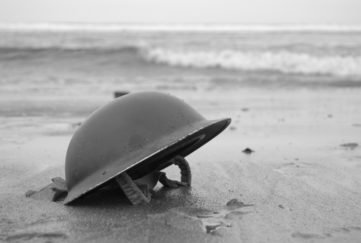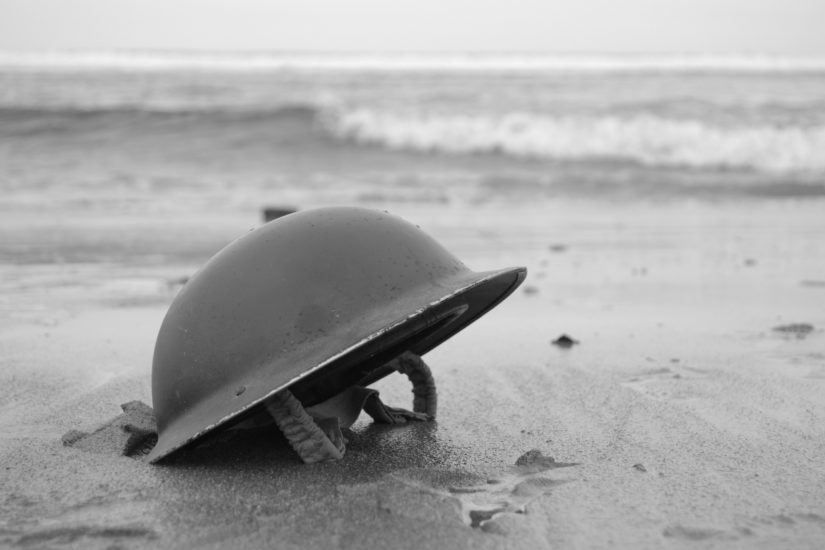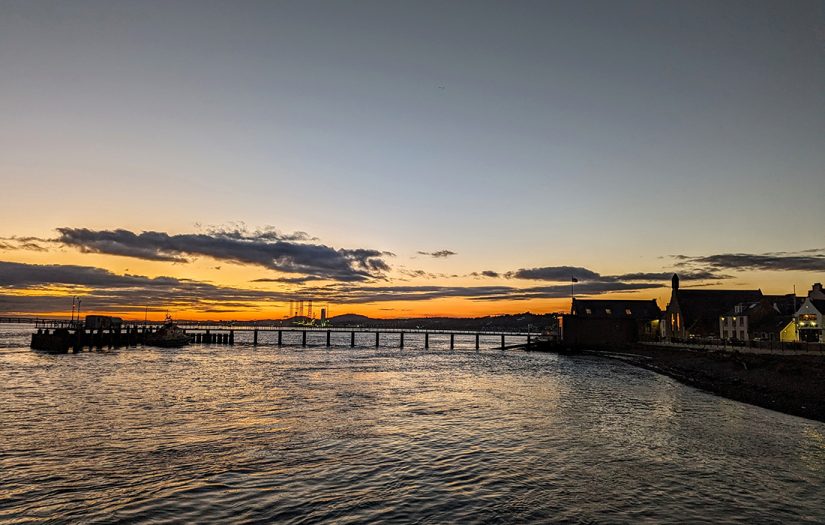A Roman Holiday in Pompeii
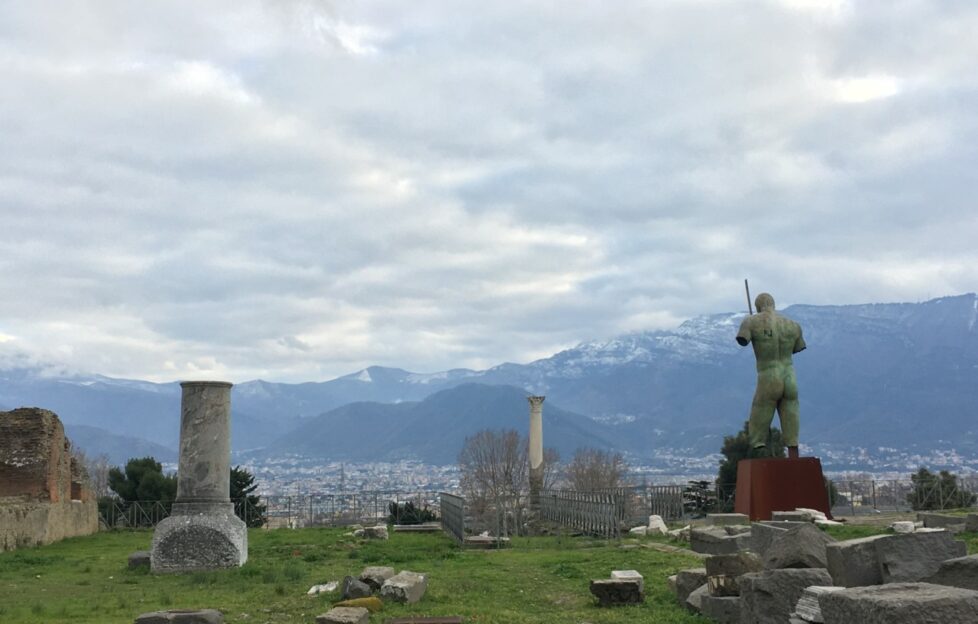
Kirsty, our Sub-Editor, recently went on a trip to Naples and tells us all about her Roman holiday in Pompeii.
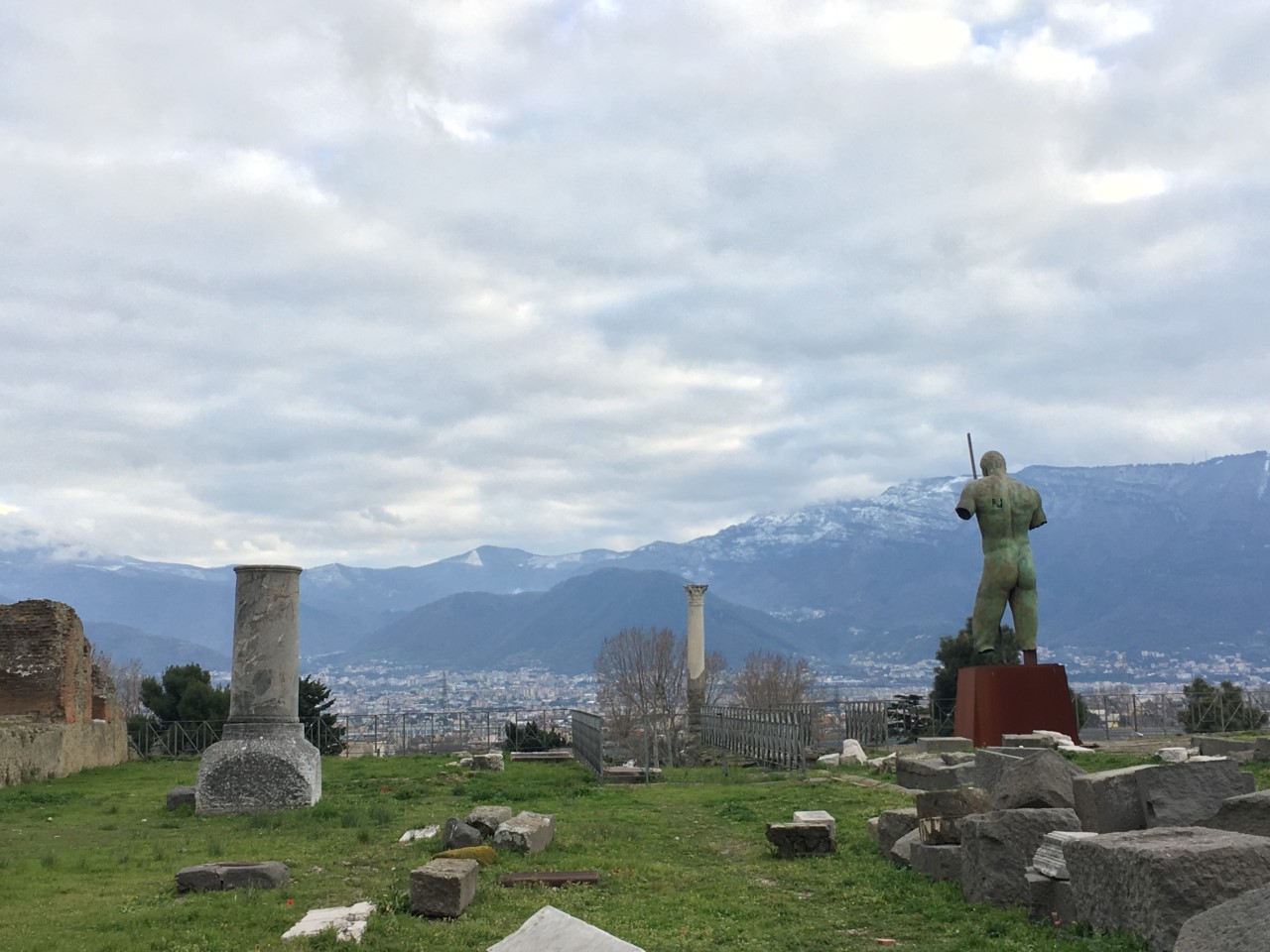
In 79 AD, Mount Vesuvius, in what is now the Campania region of southwest Italy, violently erupted, blanketing the area in molten rock, ash and pumice – and cemented itself in the history books for good.
Several Roman settlements were completely obliterated by the eruption, including Pompeii, Herculaneum, Oplontis, Stabiae and Boscoreale.
Although the eruption was well-documented by observers and historians, the location of these towns had somewhat fallen into myth and legend until they were rediscovered by archaeologists in the early 18th century.
Nowadays, these sites are part of the Parco Archeologico di Pompei, a well-known UNESCO World Heritage site that welcomes millions of visitors a year.
And this year – me!
Visiting Naples
In February, one of my friends and I finally got the chance to head to Italy and see these incredible towns for ourselves.
We stayed for a long weekend in the bustling city of Naples, which is a fantastic destination in its own right – as well as being the home of some of Italy’s most delicious pizza.
We enjoyed several hours exploring its vibrant streets and fascinating underground catacombs. It was carnival season, so the whole place was bursting with colour and life.
On Saturday morning, after a pavement-café breakfast of cappuccinos and filled brioche rolls, we set off early for Naples Central train station, and the Circumvesuviana train which would take us directly to the archaeological site of Pompeii.
This is a train ride not for the faint of heart – you will most likely find yourself standing for the entire 40-minute journey, being jostled every which way as the rickety old train wheezes into each station in turn.
On arrival at Pompeii, all thoughts of sore feet were quickly forgotten!
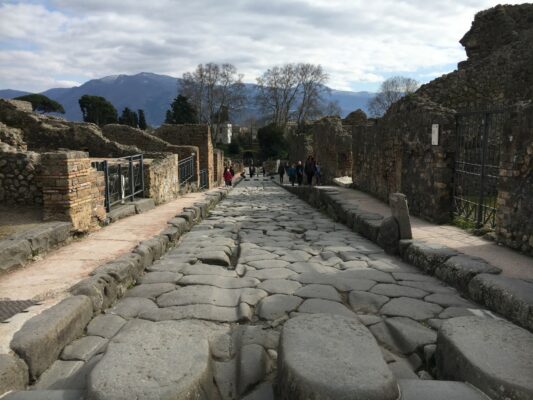
In Pompeii
There’s no real way to prepare yourself for Pompeii. We entered via the “main” Porta Marina entrance, and initially both found ourselves half-wondering “is this it?”.
There was a large queue of people clustered around a rather unremarkable-looking structure, and a clamour of voices as guides fought to be heard their unruly tour groups.
But there’s a magical sort of unveiling that happens as you travel further into the ruins, following roads still scarred by the iron wheels of chariots.
We soon found ourselves in the Forum – the old town centre, if you will – surrounded by columns, arches, floor tiles . . . and that’s the moment when everything suddenly felt so incredibly “real”.
As my friend is a Classicist, with a particular focus on Roman art and archaeology, we had opted to explore the park without a tour guide.
I certainly made it a working holiday for my friend though.
She kept me entertained all day explaining tabernas (roadside cantinas), the differences between different styles of Roman interior design, and the controversies that one particular mosaic of Alexander the Great caused for historians. (Apparently his hair colour has caused much debate!)
We marvelled at the incredibly preserved buildings, and found ourselves incredibly moved both by the terrible human cost of the terrible 79 AD eruption, and the great many ways in which people who lived thousands of years ago could be “just like us”.
By the end of the day, our feet were blistered and we were ready for another pizza, but we were both completely awestruck by what we had experienced.
So much so, we’d already both decided what we wanted to do the next day.
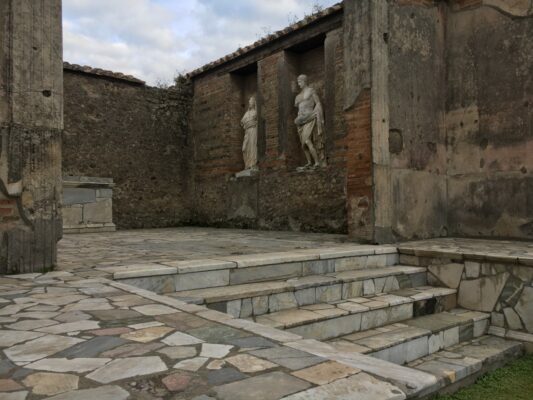
In Herculaneum
Herculaneum is in some way the “little sister” of gargantuan Pompeii. Buried in the middle of modern-day Ercolano, this site can be comfortably navigated in its entirely in half the time of its sprawling relative.
But it is in no way a “lesser” visit.
Like the famous Pompeii plaster casts, which remind you of the human tragedy of the eruption, you enter Herculaneum past the boat-houses which hold the skeletal remains of the unfortunate “fugitives” who had not managed to evacuate the city before the eruption.
In its heyday, Herculaneum was a rich resort town, home to some of the upper echelons of Roman society. It was also much closer to the foot of the erupting Vesuvius.
Whereas Pompeii was already destabilised by falling rubble and earthquakes before lava could land the final blow, Herculaneum was hit by pyroclastic surges first, burying the town in lava and ash – and keeping much of it startlingly well preserved.
So much so that visitors today can see some of the original internal structures of the home. It’s carbonised, but it is unmistakeably wood. The “House of the Wooden Partition”, obviously named, absolutely blew my mind.
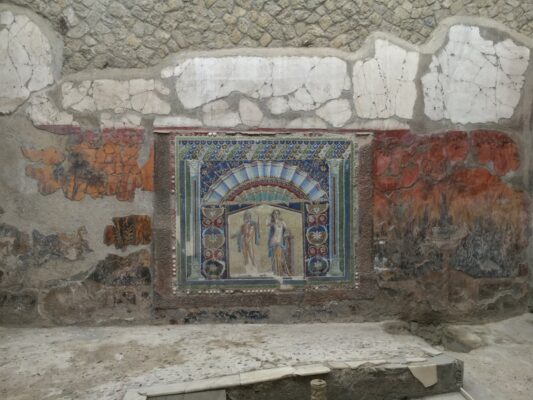
A great deal of Herculaneum remains buried, but what has been unearthed is spectacular. Incredible, detailed mosaics are built into walls and floors, and surprisingly vibrant art waits around every corner.
The Villa of the Papyri, thought to have belonged to Julius Caesar’s father-in-law, is one of the town’s most incredible structures. The villa is one of the most luxurious saved by the ashes, and was full of not only masses of statues and art, but a library of burned and carbonised papyrus scrolls from which it takes its name. Some of these open scrolls have already been read using infrared technology. Experts are hopeful that non-destructive CT scans might soon allow us to read those that are still rolled up!
To go into buildings with roofs and staircases and to see the layers upon layers of colourful plaster – the Roman equivalent of changing trends in wallpaper – is breath-taking.
After we’d exhausted ourselves wandering the Roman streets of various ruins, my friend and I took ourselves to the National Archaeological Museum of Naples to see the various artefacts and works of art that have been removed from the various sites in the archaeological park.
We really could not get enough of our Roman holiday!
Read more team blogs from the “Friend”.



